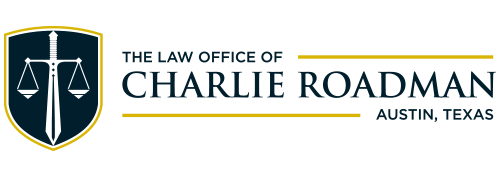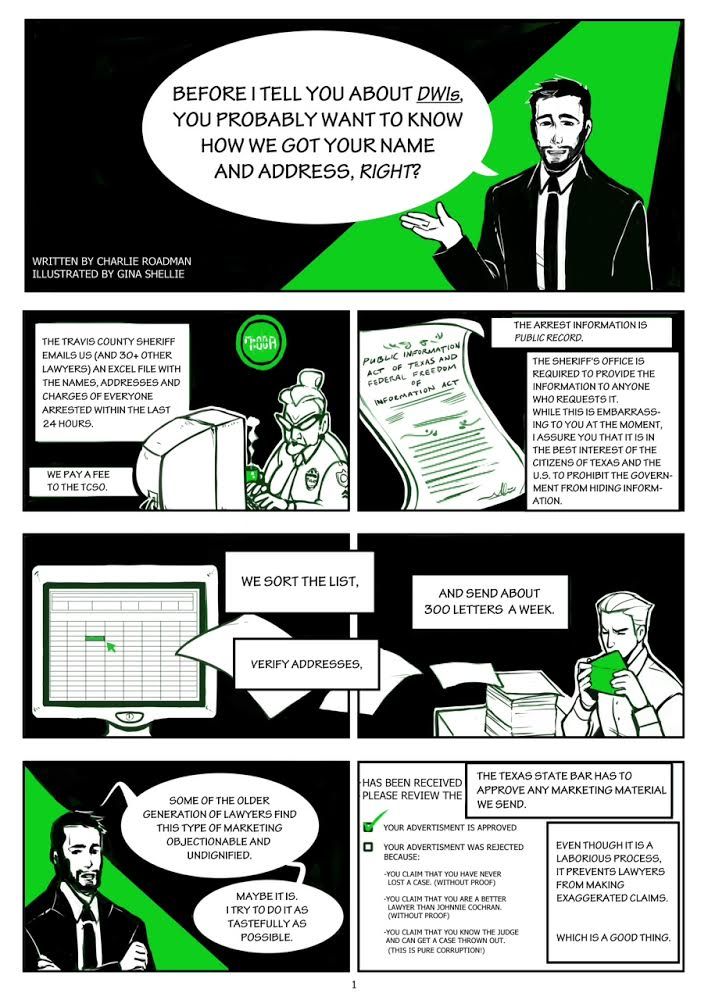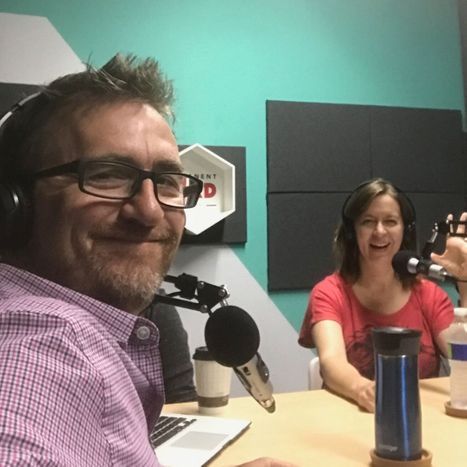Tour of the Travis County Courthouse
Tour of the Travis County Courthouse
Charlie explains the different players in a courtroom and what to expect when you arrive for court.
FAQs
Where is the Travis County courthouse located?
A: The Travis County courthouse is located at 509 W. 11th St. It's officially known as the Blackwell Thurman Criminal Justice Center.
What should I expect at the courthouse entrance?
A: Expect airport-like security at the front doors, with metal detectors. It's important not to bring prohibited items such as drugs, guns, or knives.
How many courtrooms are there, and how do I find the right one?
A: There are 17 courtrooms in the building. Only one courtroom is on the first floor; the others are spread across different floors. Note that courtroom numbers do not correspond with floor numbers (e.g., Courtroom 5 is on the fourth floor). Check the chart in the courthouse to find the correct floor for your courtroom.
How can I identify the court staff and their roles in the courtroom?
- Bailiff: They are for security. Sometimes they will check you in.
- Judge: Typically seated on the bench, sometimes in the back chambers.
- Court Clerk: Positioned to the judge’s left, responsible for court files and paperwork.
- Court Administrator: In charge of the docket, ensuring all cases are addressed.
- In-Court Probation Officer: Handles paperwork related to probation.
What is the protocol when my name is called in court?
If the judge or bailiff calls your name, respond promptly with "I'm here."
What should I do if I have to stand in front of the judge?
Judges in Travis County are generally pleasant. If you need to stand in front of a judge, your attorney will likely be with you for support and guidance.
Where do different people sit in the courtroom?
- Jury Box: Used by the jury during trials, but may seat others like defense attorneys or prosecutors during regular dockets.
- Prosecutors: They may sit in various locations, such as the open court, the jury box, or the backroom jury conference room.
What should I do when I arrive at the courthouse for my case?
It's recommended to text your attorney to inform them of your arrival. Your attorney may arrive after you due to other commitments but will manage your case efficiently and effectively.
Will my case be disadvantaged if my attorney arrives after me?
No, your case will not be disadvantaged if your attorney arrives later than your scheduled time. Your attorney is working to achieve the best outcome for your case, which sometimes involves being in different parts of the courthouse for various matters.



